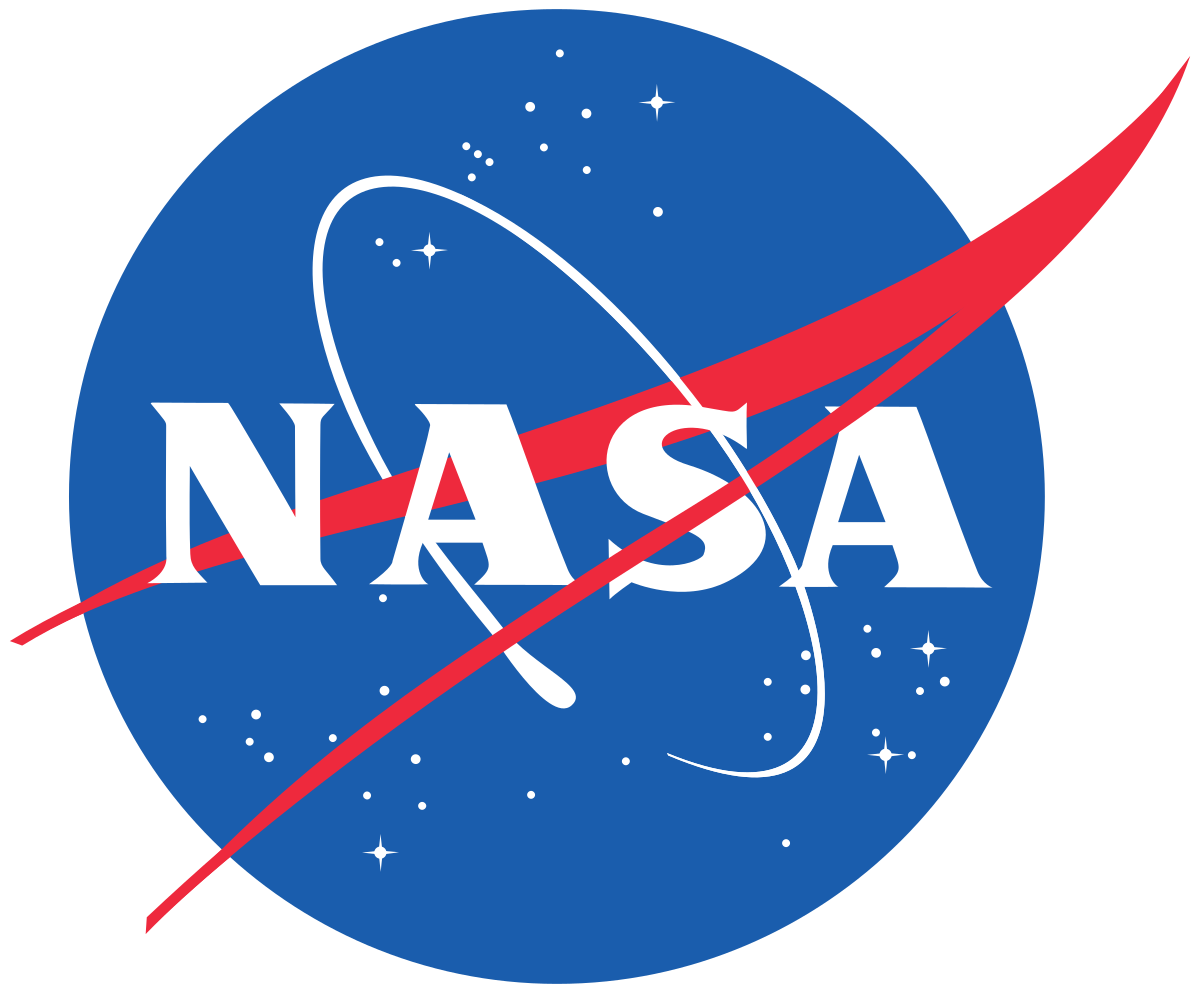Part 1 of 2 Parts
Project Artemis is NASA’s new lunar exploration program. It includes sending the first woman and first person of color to the Moon. Through the Artemis missions, NASA will use new technology to study the Moon in new and better ways. It will also be preparing the way for human missions to Mars.
The primary launch vehicle for Artemis is the Space Launch System which is the most powerful rocket ever built in the world. The SLS will carry the Orion spacecraft with up to four astronauts to lunar orbit. Once in lunar orbit, the spacecraft will dock with a small spaceship called the Gateway. Astronauts will use the Gateway to prepare for missions to the Moon and beyond. The crew will descend to the lunar surface in a new human landing system. Following a mission to the lunar surface, the crew will return to the Gateway. When the missions are finished, the astronauts will use the Orion spacecraft to return to Earth.
Before Artemis carries a human crew to the Moon, NASA will test the rocket and spacecraft in flight and then send a crew for a test flight.
Getting a spacecraft to the Moon or Mars is rocket science. Other areas of science are needed to sustain life on the lunar surface and enable activities during trips to the Moon. Experiments aboard the International Space Station (ISS) will serve as the basis for much of that science. They will help lay a foundation for the Artemis missions.
On November 16, NASA launched the Orion spacecraft atop the SLS for the Artemis 1 flight test. This uncrewed flight will help NASA understand the performance of the rocket and spacecraft in the deep space environment. These missions will return astronauts to the lunar surface, develop the infrastructure needed to establish a long-term presence on the Moon. They will also act as a steppingstone for sending astronauts to Mars.
Artemis astronauts will need to live and work in deep space and traverse the lunar surface for expeditions of up to weeks in duration. Ongoing scientific investigations and technology demonstrations on the ISS can assist in the creation of solutions to many of the challenges associated with missions to the Moon and Mars.
Here are explanations of how some of the work on the orbiting labs in the ISS could help address challenges ahead as humans journey back to the Moon, on to Mars, and beyond.
A big challenge for astronauts on the lunar surface is obtaining the food required to survive. The solution will involve hydroponic and aeroponic food growth. Humans need food and water to survive, but during longer missions, the quality and nutritional value of packaged food can decline. An ample amount of food is critical to sustain and supplement the astronauts during missions to the Moon and across the solar system. The ISS’s eXposed Root On-Orbit Test System (XROOTS) experiments uses aeroponic and hydroponic systems to grow fresh food without the need for tradition growth media. Results could lead to large-scale food production systems. The weight requirements for these systems and fresh food would be lowered. This would allow more room for other valuable cargo carried by launch vehicles. Currently the ISS offers the only facility for studying plant growth in microgravity. Ultimately, technologies will be developed for maximizing crop production. Here on the ground, XROOTS could contribute to improved food security and enhanced crop cultivation.
Please read Part 2 next
